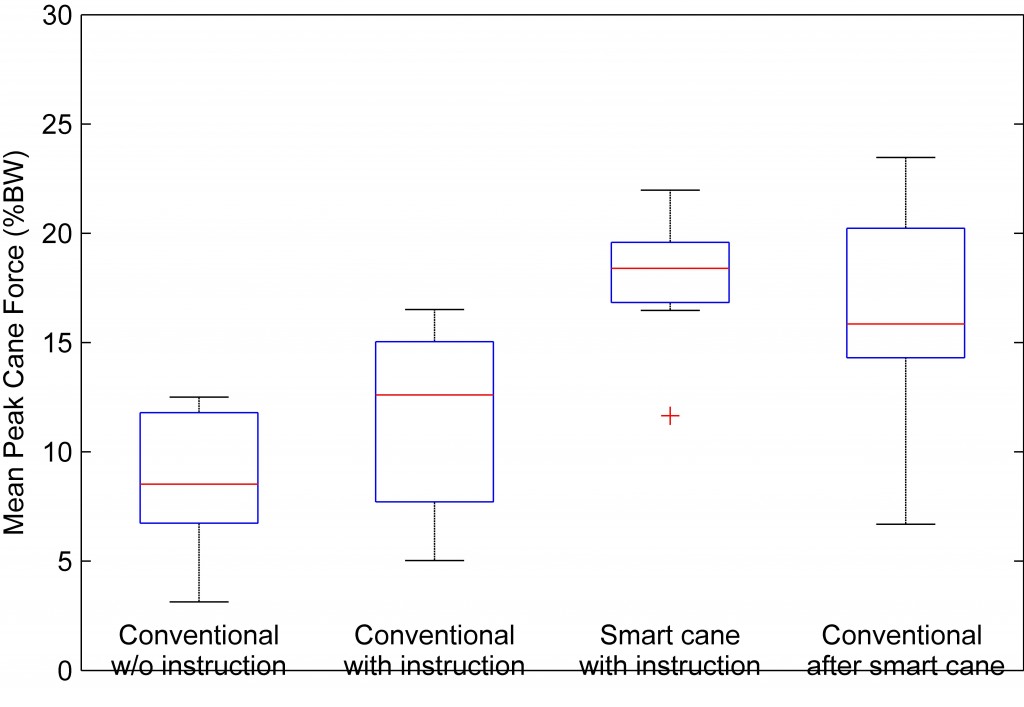 Figure 1. Preliminary cane loading results for eight subjects.
Figure 1. Preliminary cane loading results for eight subjects.
A standard, over-the-counter aluminum walking cane was modified to create a smart cane. A piezoelectric quartz force link was mounted in line with the cane in order to measure the force applied longitudinally through the cane. The load cell was connected to a miniature, in-line amplifier, which was connected to a microcontroller (model: Arduino Pro-micro, http://arduino.cc/). The microcontroller controlled the motor, data logger, and real-time clock. The smart cane will be set to vibrate once 15% BWS is reached by the user. Peak BWS values for each cane strike are directly stored to the SD card.
Nine subjects with past history of knee OA will be recruited to participate in our study. A repeated measures design will be used to compare cane loading when using a smart cane as compared to a conventional cane. Four separate conditions will be tested: 1) naïve conventional cane use, 2) conventional cane use after verbal instruction, 3) smart cane use after verbal instruction, and 4) repeat conventional cane use (while attempting to replicate condition two with biofeedback disabled). Each subject will walk a 50-meter course for each condition. During all test conditions, the smart cane will record longitudinal cane force at 50 Hz and detect and store peak BWS for each cane load cycle. The motor will only be enabled for condition three, giving the user vibrotactile biofeedback when the proper cane force (15% BWS) is achieved.
For each subject, the mean and standard deviation (SD) of the cane peak BWS values will be calculated for each condition. One mean and SD peak BWS value will be calculated for each of the four conditions, after compiling the peak BWS values across all subjects. The four mean BWS values (one for each condition) will be graphed and analyzed.
Market analysis was performed to determine costs of arthritis and cane use in the US. The University of Washington Center for Commercialization also conducted a patent search for a biofeedback based smart
cane.
Related Downloadable Files
Smart Cane Data Collection Sheet
